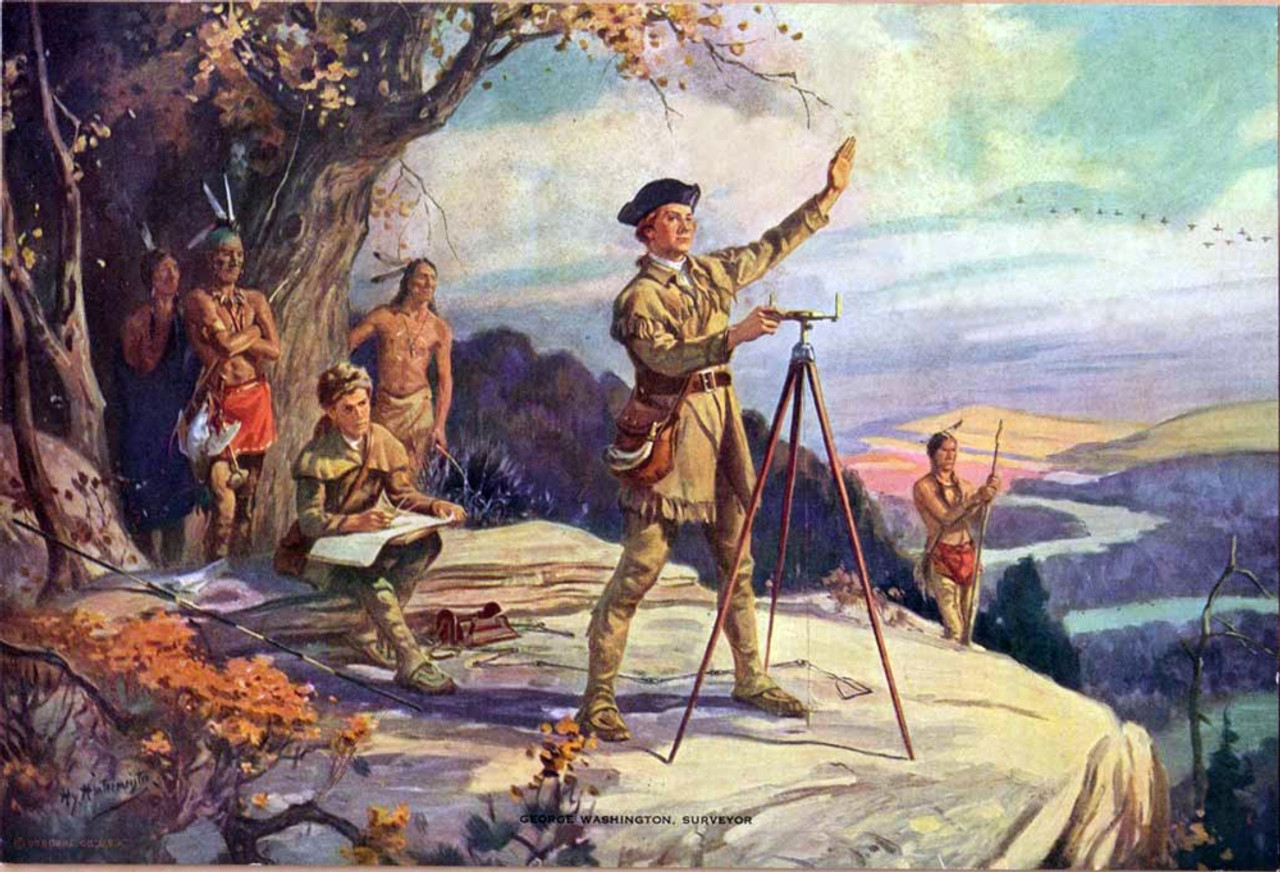In the United States, land surveying is regulated by various professional organizations and government agencies, and there are several technical standards that must be followed to ensure accuracy and consistency in land surveying.
The best practice for land surveying is set by the “Manual of Surveying Instructions” published by an administrative division of the United States Department of the Interior responsible for managing public lands in the United States. The manual provides detailed guidance on the procedures and techniques for conducting various types of land surveys, including public land surveys, mineral surveys, and cadastral surveys.
Manual of Surveying Instructions
Another important set of model standards for land surveying is the Minimum Standards for Property Boundary Surveys* published by the National Society of Professional Surveyors. These standards provide guidance on the procedures and techniques for conducting property boundary surveys, including the use of appropriate surveying equipment, the preparation of surveying maps and plats, and the documentation of surveying results. Land surveyors in the United States are also required to adhere to state and local laws and regulations governing land surveying, as well as ethical standards established by professional organizations such as the American Society of Civil Engineers.
* Local variants
California: Minimum Standard Detail Requirements for ALTA/NSPS Land Title Surveys
Michigan: Minimum Standard Detail Requirements for ALTA/NSPS Land Title Surveys
The Morrill Land-Grant Act of 1862 granted each state 30,000 acres of federal land for each member of Congress from that state to establish colleges that would teach agriculture, engineering, and military tactics. This legislation led to the establishment of many public universities, including the Texas A&M University, the University of Wisconsin and Michigan State University.









